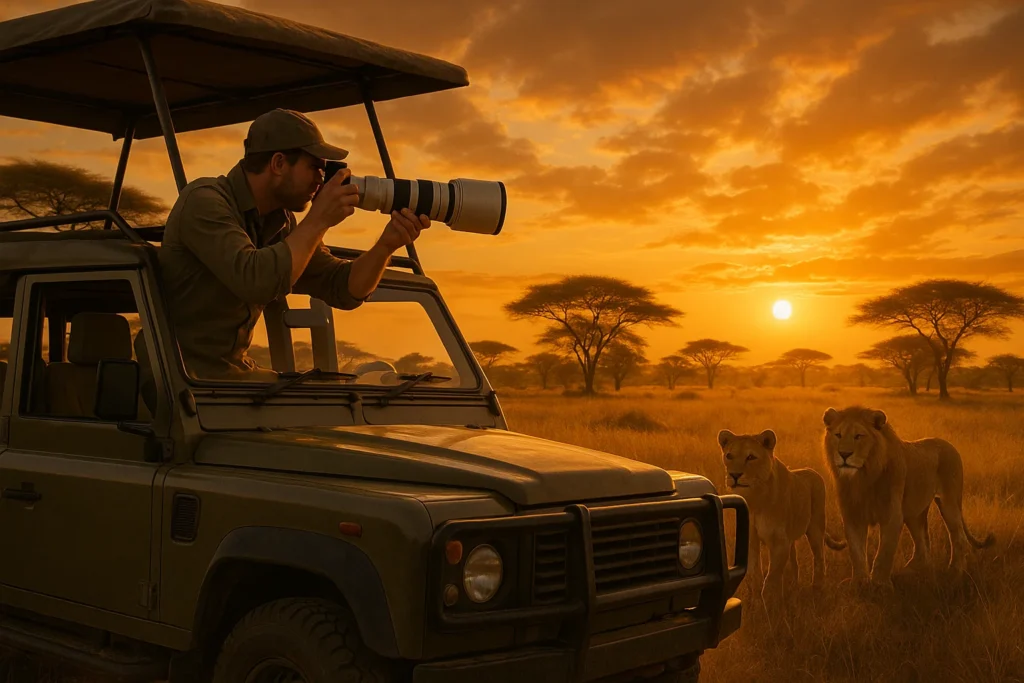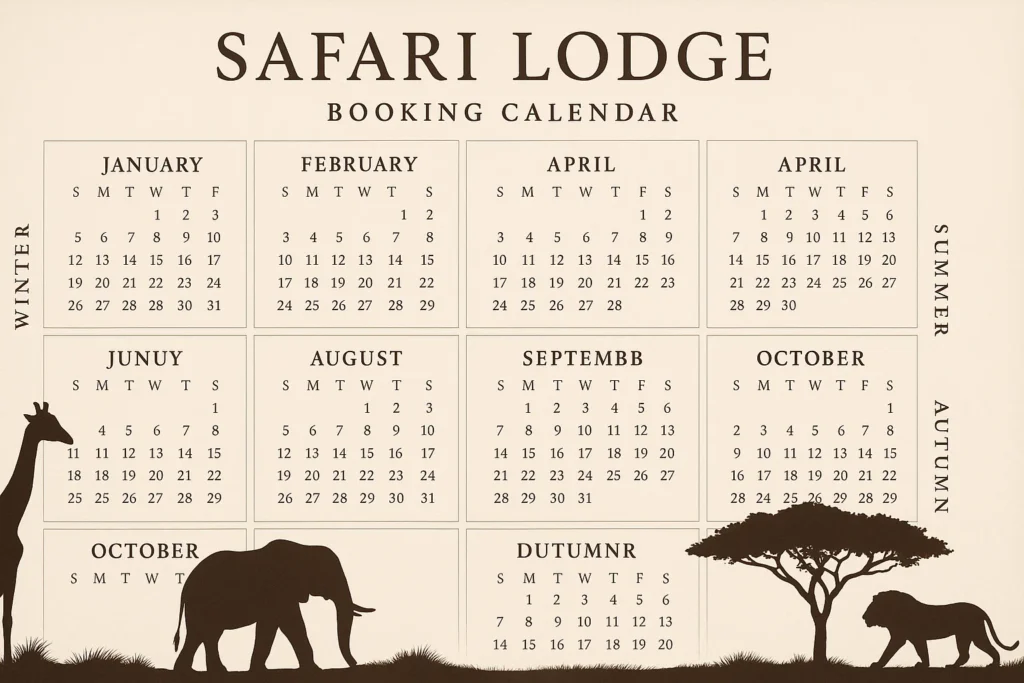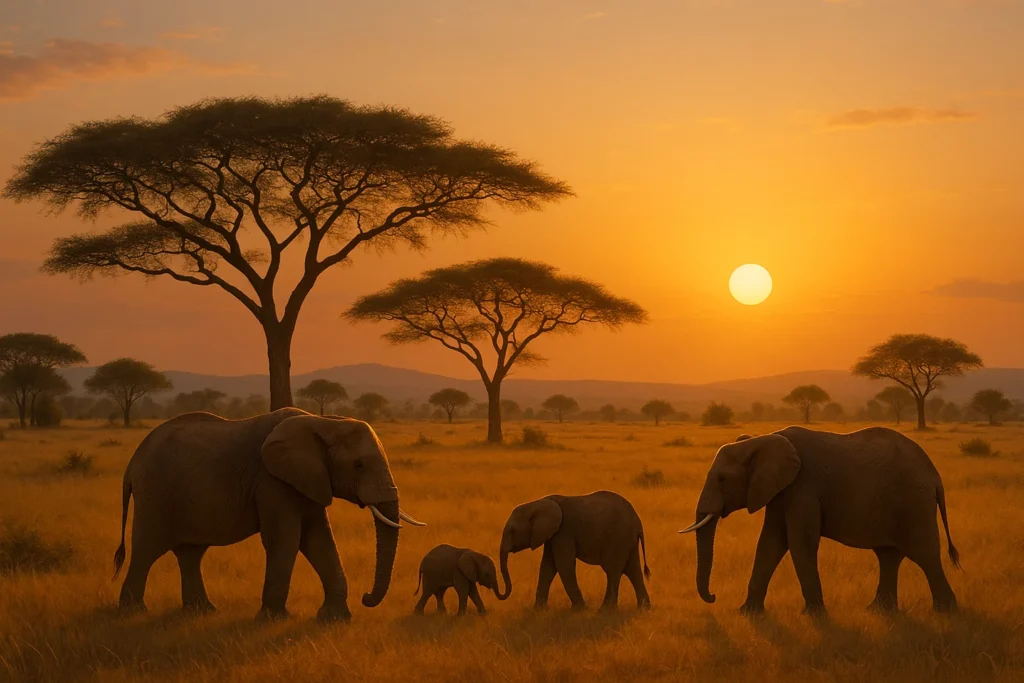For many photographers, travel means chasing light across diverse landscapes—capturing bustling cities, serene beaches, or dramatic mountain peaks. Yet stepping into the African bush for the first time reveals that safari photography is an entirely different experience. It’s not only about new subjects; it’s about a different rhythm, mindset, and relationship with the environment.
This article explores the key differences between photographing on safari and other forms of travel photography, helping curious photographers understand why wildlife photography feels like entering a new creative universe.
The unpredictability of wildlife vs. the predictability of travel icons
In most travel destinations, iconic shots are predictable. Landmarks like the Eiffel Tower or Machu Picchu remain where they are, and mountain ranges or beaches don’t move. Photographers can plan compositions, revisit locations, and wait for the perfect light.
On safari, subjects are wild and mobile. A leopard may vanish into the bush in seconds, or a herd of elephants could unexpectedly emerge from the treeline. This unpredictability requires photographers to stay alert, adaptable, and ready to shoot in an instant. Unlike city or landscape photography, there are no second chances for the exact same moment.
Working with light in wide-open spaces
City and mountain photography often plays with dramatic shadows, architecture, or shifting weather. On safari, light is everything, but it behaves differently across expansive savannahs. Midday light is often harsh and flat, while dawn and dusk—the golden hours—become essential windows for capturing atmosphere and detail.
The challenge lies in balancing fast-moving wildlife with fleeting light. While you can wait for the sun to set behind a temple, you cannot ask a lion to pause until the conditions are perfect. Mastering timing is far more critical on safari than in most travel contexts.
The gear equation: long lenses vs. wide versatility
In cities or coastal destinations, photographers rely heavily on wide-angle lenses to frame landscapes, street scenes, or architecture. On safari, the focus shifts to telephoto gear. Capturing intimate details of wildlife—whether the eyes of a lion or the feathers of a lilac-breasted roller—requires reach and precision.
That said, wide lenses still play a role. They allow for environmental portraits, placing animals within the vast African landscapes. The real difference is that safari photography often pushes gear (especially telephoto lenses and fast shutter speeds) to its limits, in ways that city or mountain photography rarely demands.
Patience as a creative tool
When photographing beaches or villages, you can often find endless compositions by simply walking around. Safari photography, however, requires stillness. Hours might pass while waiting for a cheetah to rise from the grass or for elephants to approach a waterhole.
This patience changes the photographer’s mindset. It’s less about chasing images and more about being present, observing, and anticipating. The reward is capturing behavior—a yawn, a chase, a tender interaction between mother and calf—that tells a richer story than a simple portrait.
The role of guides and vehicles
In most travel photography, the photographer is fully in control of movement and angles. On safari, guides and vehicles become essential partners. A skilled guide positions the vehicle to maximize light and perspective while respecting the animals’ space.
This dependency creates a unique dynamic: the photographer collaborates with others to shape opportunities, rather than independently chasing compositions. It’s one of the few forms of travel photography where teamwork is central to success.
Composition under constraints
Cityscapes and landscapes often allow photographers to walk freely, adjust positions, and experiment with angles. On safari, you are mostly confined to a vehicle. Movement is restricted, so composition becomes a matter of framing from where you sit.
This constraint pushes photographers to be more inventive—using long grasses, tree branches, or dust clouds as creative elements. Rather than moving around the subject, the challenge is to make the most of the perspective available in the moment.
Emotional storytelling: wild encounters vs. cultural scenes
Travel photography often emphasizes human stories—markets, festivals, architecture shaped by history. Safari photography shifts the emotional focus to the primal connection between humans and wild animals. Capturing the gaze of a leopard or the protective stance of a matriarch elephant conveys something universal and deeply moving.
While both styles tell stories, safari images resonate on a different level, tapping into the rawness of nature and the awe of being an observer in a wild world that operates without human interference.
Conclusion
Safari photography is unlike any other travel genre. It combines the unpredictability of wildlife with the vast beauty of Africa’s landscapes, demanding patience, adaptability, and creative use of limited conditions. For photographers accustomed to city streets, mountain vistas, or tropical beaches, stepping into the safari vehicle is like entering a new creative classroom—one where nature dictates the lessons.
Exploring this new rhythm is both challenging and profoundly rewarding. And once you’ve experienced the thrill of capturing life on the move in golden African light, it changes how you see photography forever.
FAQs
Not necessarily. While telephoto lenses help capture distant wildlife, even mid-range zooms or high-quality bridge cameras can deliver excellent results.
You are more limited in movement, but animals perceive vehicles as less threatening than humans on foot, allowing for closer encounters.
Absolutely. Safaris are about observation, and beginners often benefit from guides who explain both wildlife behavior and photo opportunities.
Each has its challenges. Cities demand quick reactions to human moments, while safaris test patience and adaptability to fleeting wildlife behavior.
Yes. Sometimes lions or elephants pass within a few meters. Wide lenses then become essential for capturing the intimacy of the moment.
No. Some of the most powerful images place animals within their environment, highlighting both subject and landscape.
Definitely. Dawn and dusk skies, acacia silhouettes, and dramatic savannahs offer opportunities to merge wildlife and landscape photography.






